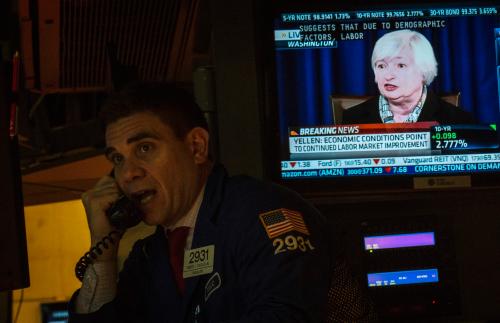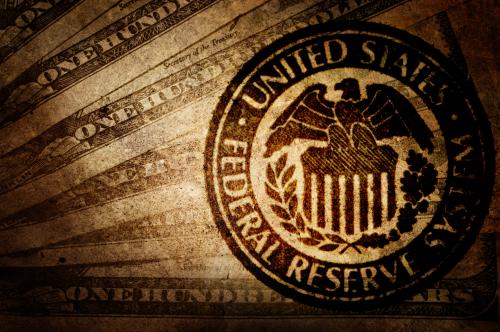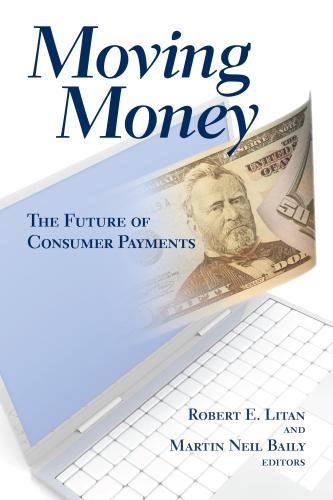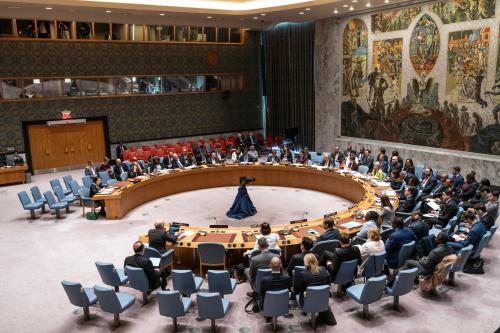The risks of raising interest rates too soon exceed those of waiting too long to raise rates from today’s near-zero levels, according to a paper by the president of the Federal Reserve Bank of Chicago and three of the bank’s researchers.
In “Risk Management for Monetary Policy Near the Zero Lower Bound,” Federal Reserve Bank of Chicago President Charles Evans, one of the five regional Fed bank presidents with a vote on monetary policy decisions this year, with co-authors Jonas Fisher, Francois Gourio and Spencer Krane, point to the inherent uncertainty in the Fed’s forecasts, arguing that the downside of waiting too long to raise rates will be an unwelcome increase in inflation – but can be kept in check with higher interest rates. In contrast, the downside of moving too soon is that Fed may again find itself struggling to revive an economy with interest rates at zero.
“It therefore seems prudent to refrain from raising rates until we are highly certain that the economy has achieved a sustained period of strong growth and that inflation is on a clear trajectory to return to target,” they write. “Lift off should be delayed at times when a return to the zero-lower bound remains a distinct possibility.”
The authors develop a theoretical case for “delayed lift-off,” expanding an approach known as “risk management,” which says that the Fed should consider the adverse consequences of policy alternatives and err on the side of avoiding the worst ones.
They describe an “expectations channel” in which the possibility that the Fed will have to lower interest rates to zero in the future leads to lower expected inflation and output today, and a “buffer stock channel” in which it “can be useful to build up output or inflation today in order to reduce the likelihood and severity of hitting the zero lower bound tomorrow.”
The authors acknowledge that the Fed has been able to pursue expansionary monetary policy even after rates fell to zero with aggressive purchases of long-term bonds, or “quantitative easing” (QE). But they say QE is not an ideal substitute for moving interest rates.
Evans and his co-authors note that during Alan Greenspan’s chairmanship, the Fed relied on a risk-management approach similar to the one they advocate, reprising Fed deliberations that led the central bank to hold on off on rate increases in 1997-98 and in 2000-01. They also develop a way to quantify references in the minutes of Fed meetings when uncertain economic conditions influenced interest-rate decisions. That and other measures indicate that the Fed, in the past, has relied on a risk-management approach to delay interest-rate moves that would be otherwise justified by its internal forecasts.
The Brookings Institution is committed to quality, independence, and impact.
We are supported by a diverse array of funders. In line with our values and policies, each Brookings publication represents the sole views of its author(s).









